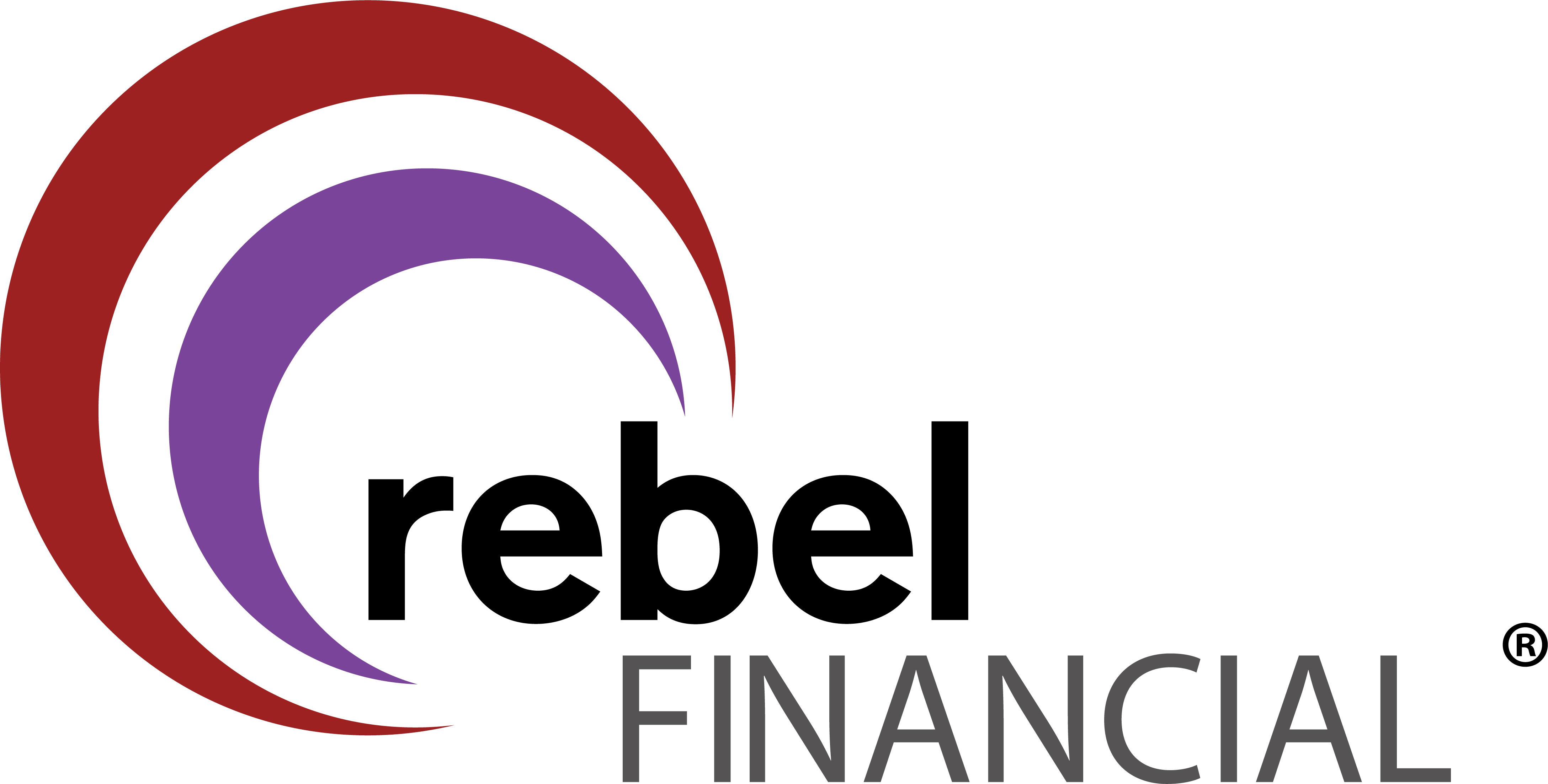The issue of health care costs in retirement — and planning for them well in advance of retirement — is becoming a centerpiece of any retirement planning discussion.
A recent study by Employee Benefit Research Institute (EBRI) projected that in 2014, men and women who wanted a 90% chance of having enough money to cover out-of-pocket health care expenses in retirement would need to have saved $116,000 and $131,000 respectively by age 65.1 This is a sobering goal when you consider that just 42% of workers in their 50s and 60s report total savings and investments in excess of $100,000.2
Part of the problem with putting a price tag on retiree health care expenses is that every situation will vary depending on an individual’s health, the type of health care coverage they carry, and when they hope to retire. That said, EBRI has identified some “recurring expenses,” or standard elements of cost that can be estimated and planned for in advance as well as “non-recurring” expenses that are less predictable but tend to increase with age.
Recurring vs. Non-Recurring Expenses
Using data gleaned from the Health and Retirement Study (HRS) — a longstanding, highly respected study of representative U.S. households with individuals over age 50 — EBRI was able to categorize utilization patterns and expenses for two separate types of health care services:
- Recurring services — include doctor visits, prescription drug usage, and dentist services. Since these services tend to remain stable throughout retirement, it is possible to calculate an average out-of-pocket expense among individuals age 65 and older of $1,885 annually.3 Projecting forward, and factoring in the following assumptions: a 2% inflation rate, a 3% rate of return on investments, and a life expectancy of 90 years, EBRI estimates that one would need $40,798 at age 65 to cover the average out-of-pocket expenses for recurring health care needs throughout retirement. It should be noted that this calculation does not include expenses for any insurance premiums or over-the-counter medications.
- Non-recurring expenses — include overnight hospital stays, overnight nursing home stays, home health care, outpatient surgery, and special facilities. Unlike recurring expenses, the cost of most non-recurring services increases with age. For example, average annual out-of-pocket expenses for nursing home stays are estimated at $8,902 for those in the 65 to 74 age group, $16,948 for those aged 75 to 84, and $24,185 for individuals aged 85 and up.3
Yet because the likelihood of utilizing these services and the degree to which they will be needed is largely unknown, projecting the savings needed to cover these costs throughout retirement is an elusive exercise. However, by thinking about the total out-of-pocket savings goals of $116,000 for men and $131,000 for women cited earlier in terms of recurring and non-recurring costs may help retirees and those nearing retirement in their planning efforts.
Bigger Picture Planning
Financial advisors often recommend taking a holistic approach to calculating income needs in retirement, factoring in such costs as taxes and debt payments along with other typical expenses including health care. In addition to the out-of-pocket health care calculations discussed above, consider what you think you might have to pay in annual premiums if you were to apply for health insurance today. Lastly, and perhaps most important, add in an allowance for inflation — both general and health care inflation.
Your financial planner can help get the retirement income planning discussion started and — as part of that exercise — can work with you to put some numbers around your health care planning needs.
This article offers only an outline; it is not a definitive guide to all possible consequences and implications of any specific saving or investment strategy. For this reason, be sure to seek advice from knowledgeable professionals.
Source/Disclaimer:
1Employee Benefit Research Institute, news release, “Needed Savings for Health Care in Retirement Continue to Fall,” October 28, 2014.
2Employee Benefit Research Institute, 2014 Retirement Confidence Survey, March 2014. (Not including the value of a primary residence or defined benefit plans.)
3Employee Benefit Research Institute, “Utilization Patterns and Out-of-Pocket Expenses for Different Health Care Services Among American Retirees,” February 2015.
Because of the possibility of human or mechanical error by Wealth Management Systems Inc. or its sources, neither Wealth Management Systems Inc. nor its sources guarantees the accuracy, adequacy, completeness or availability of any information and is not responsible for any errors or omissions or for the results obtained from the use of such information. In no event shall Wealth Management Systems Inc. be liable for any indirect, special or consequential damages in connection with subscriber’s or others’ use of the content.
© 2015 Wealth Management Systems Inc. All rights reserved.









